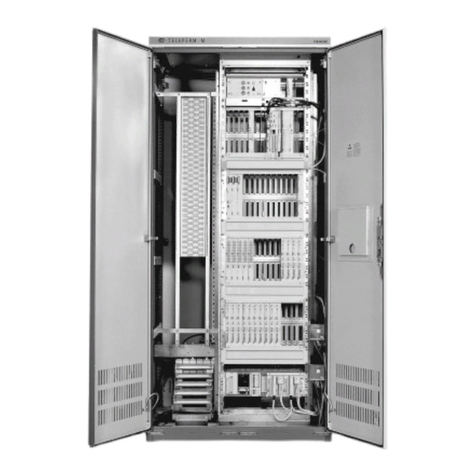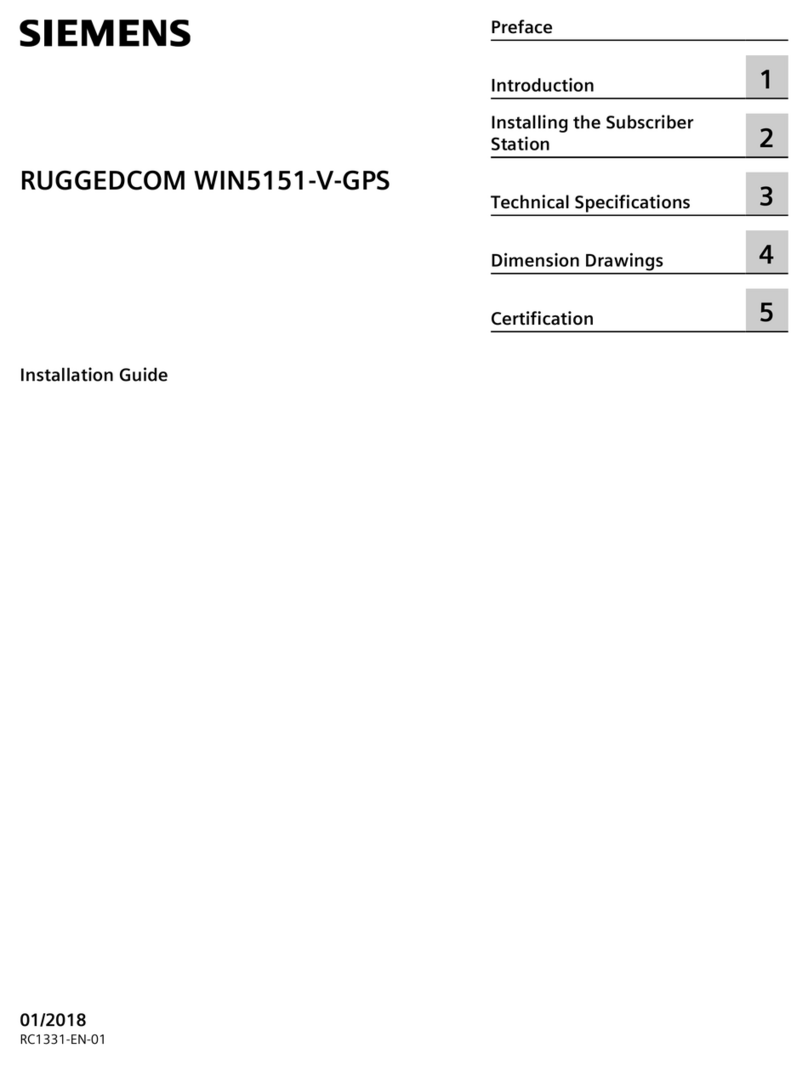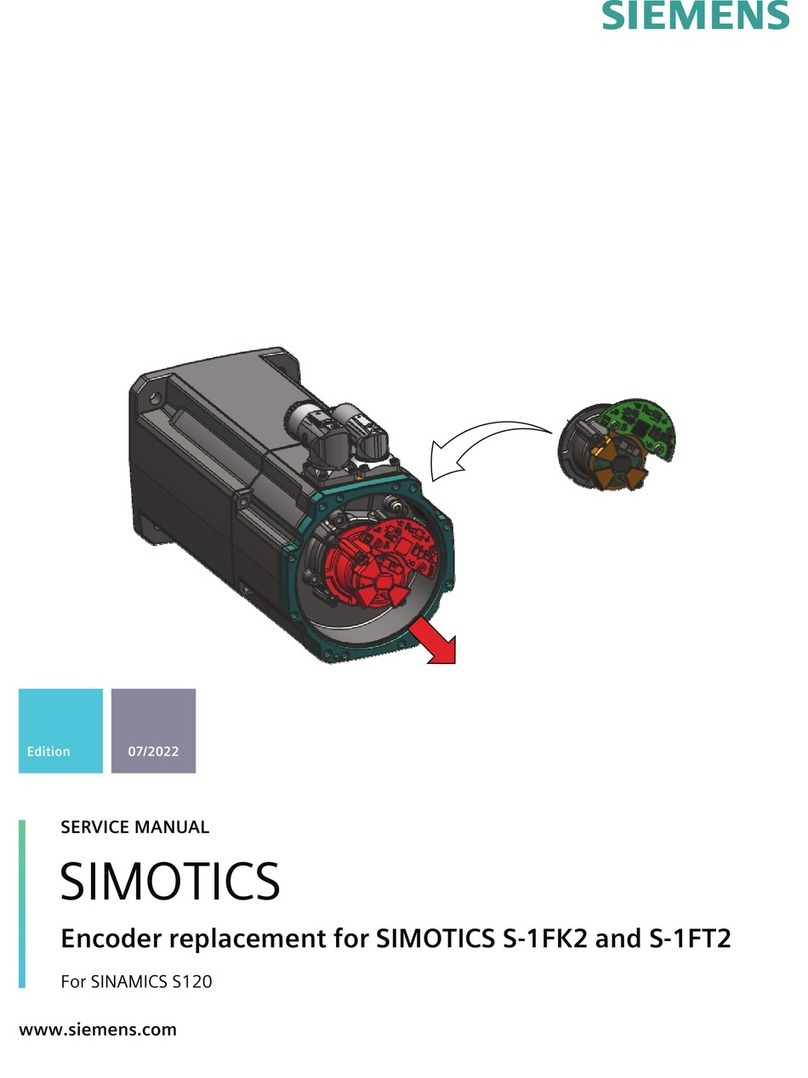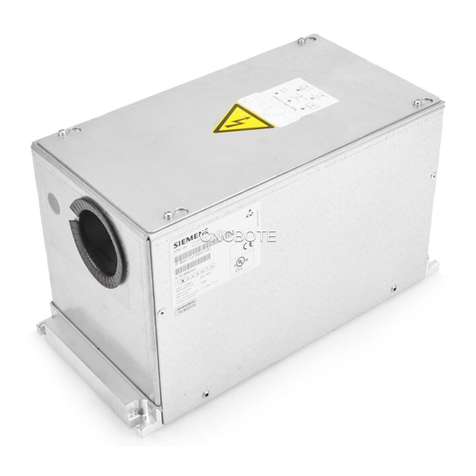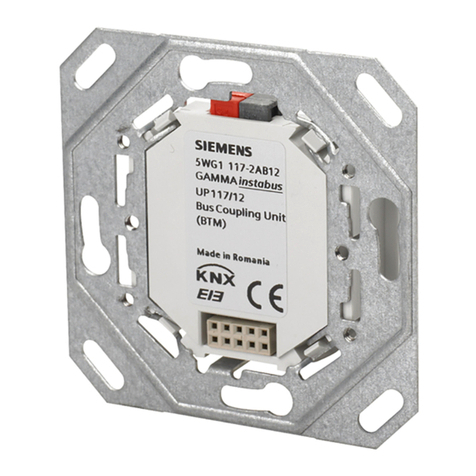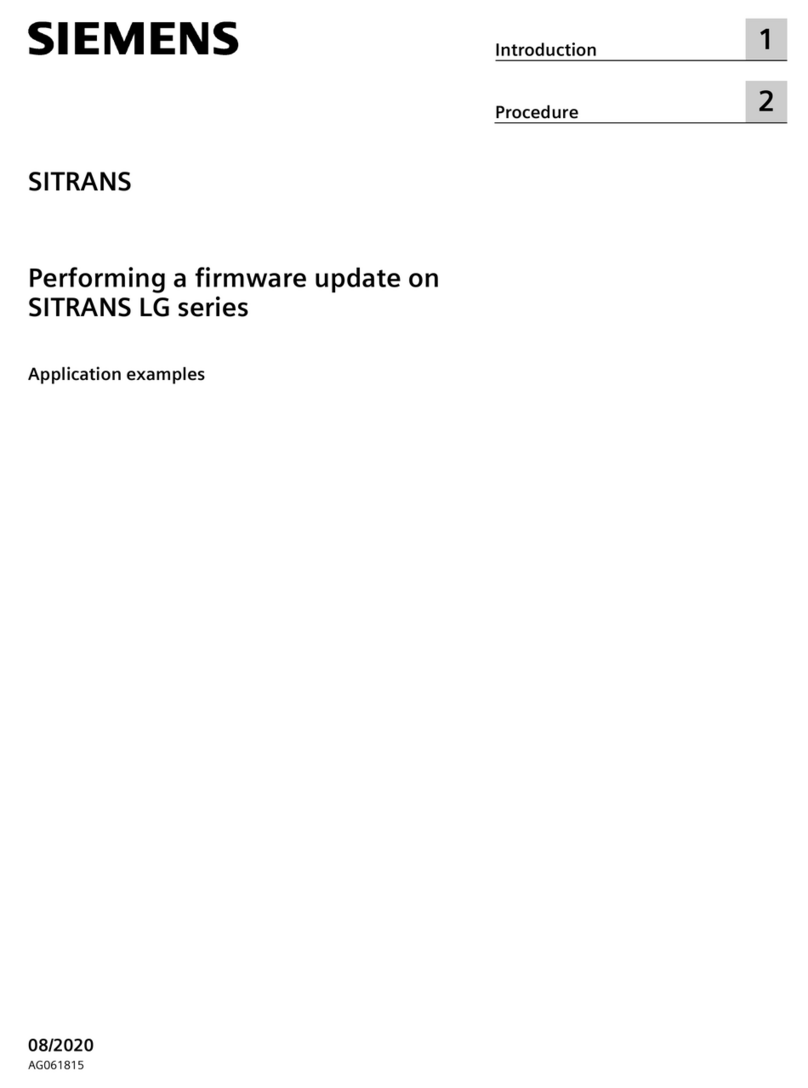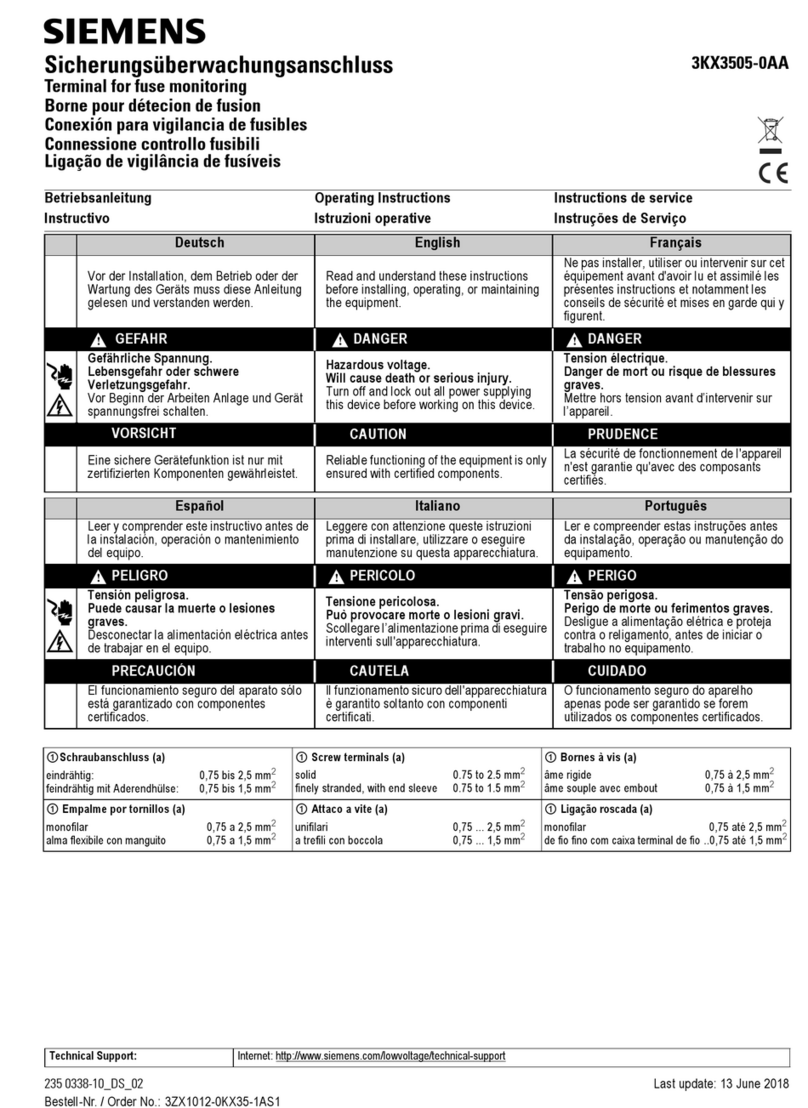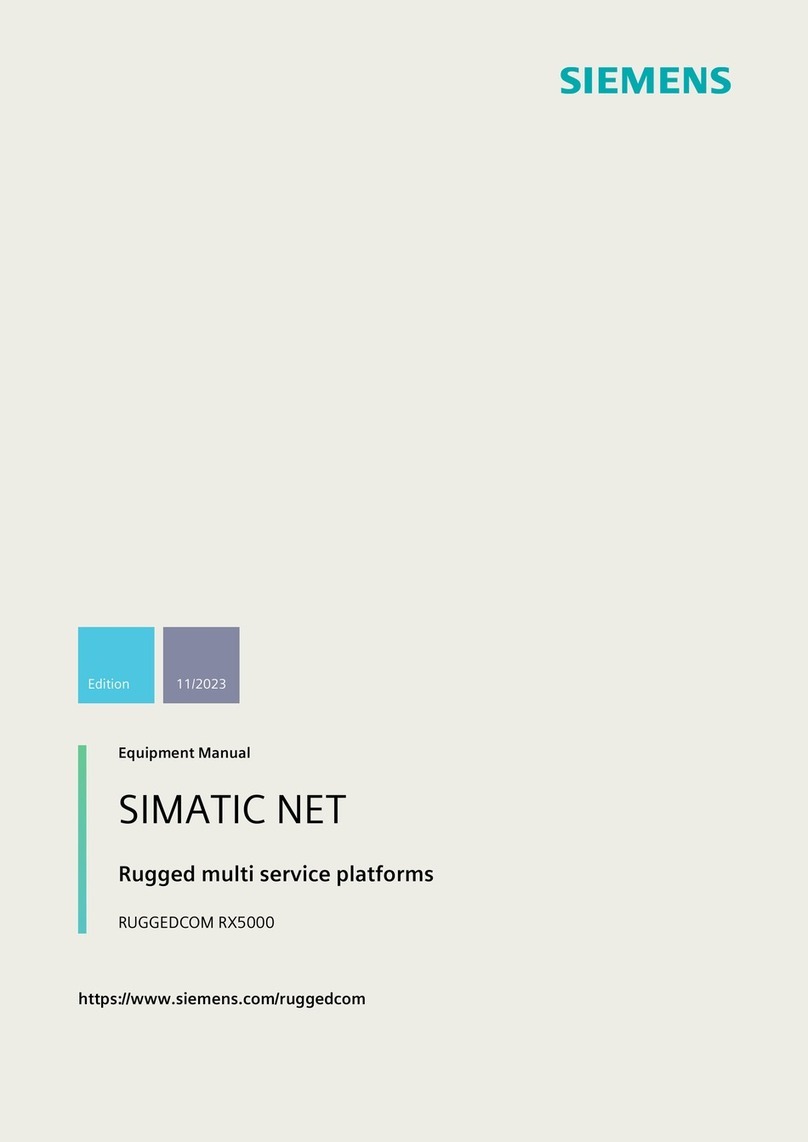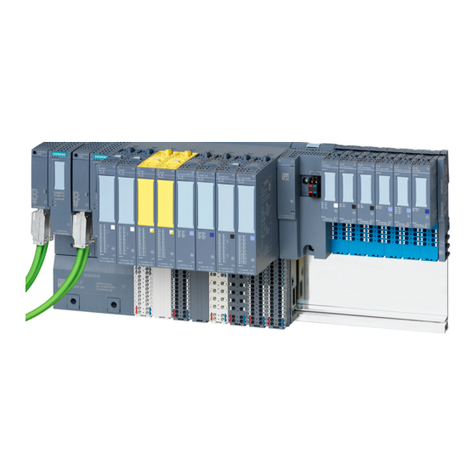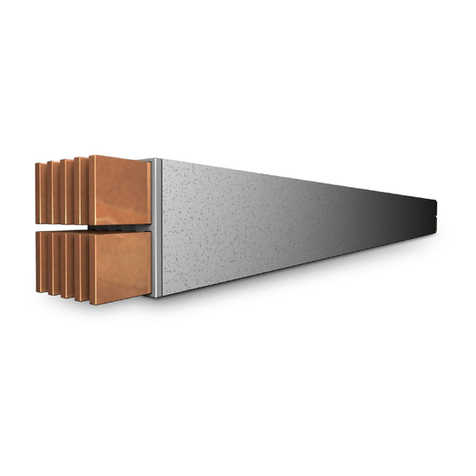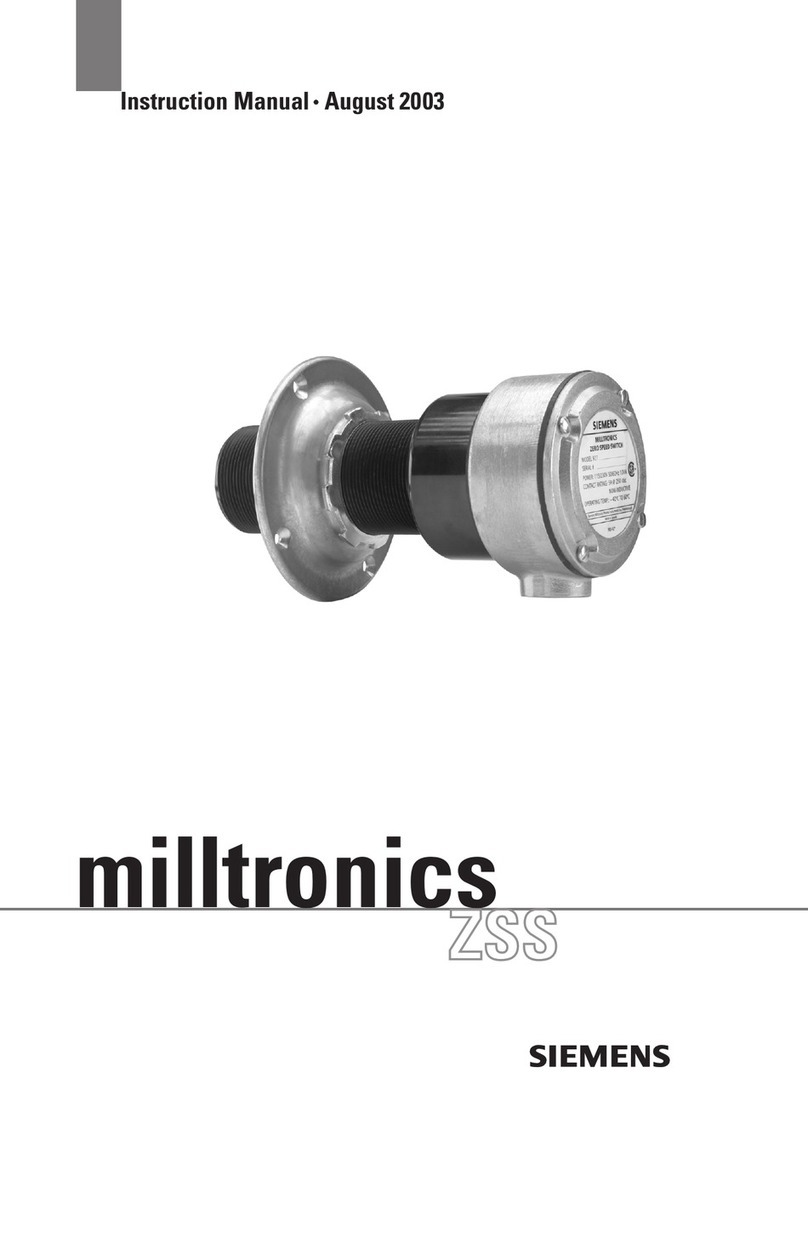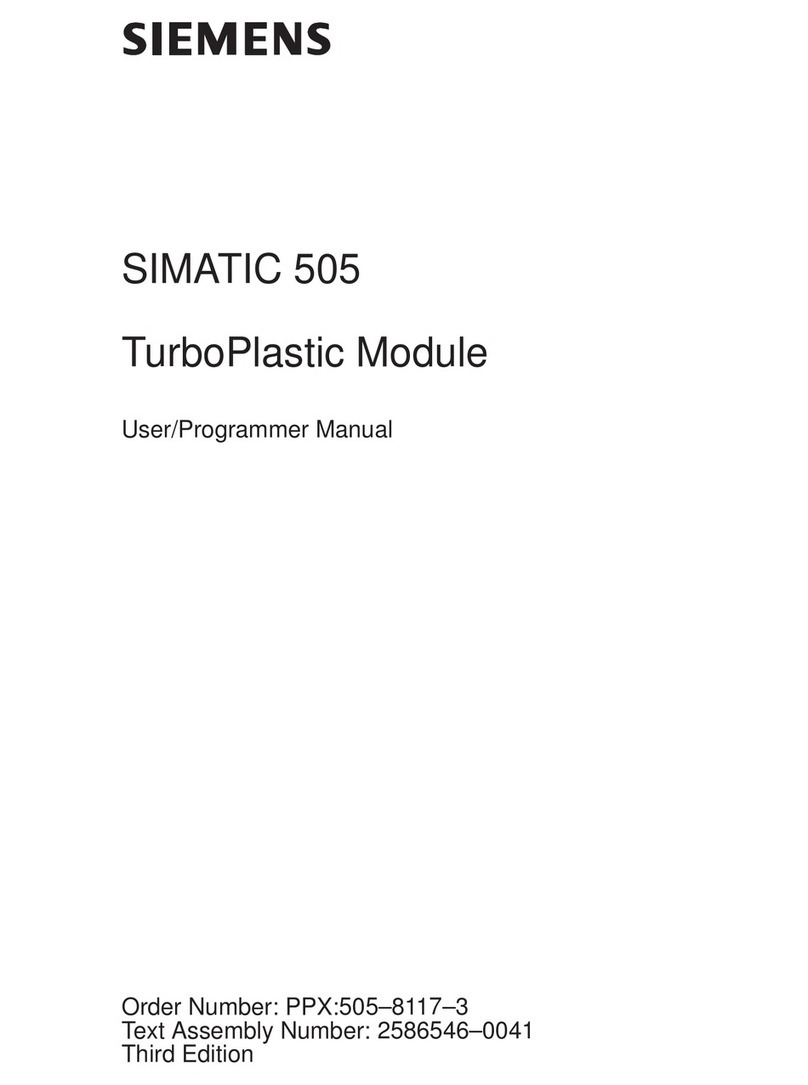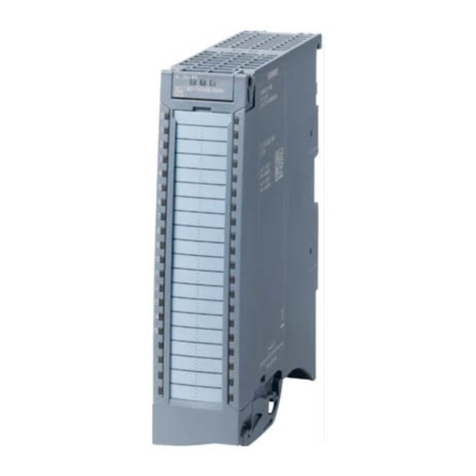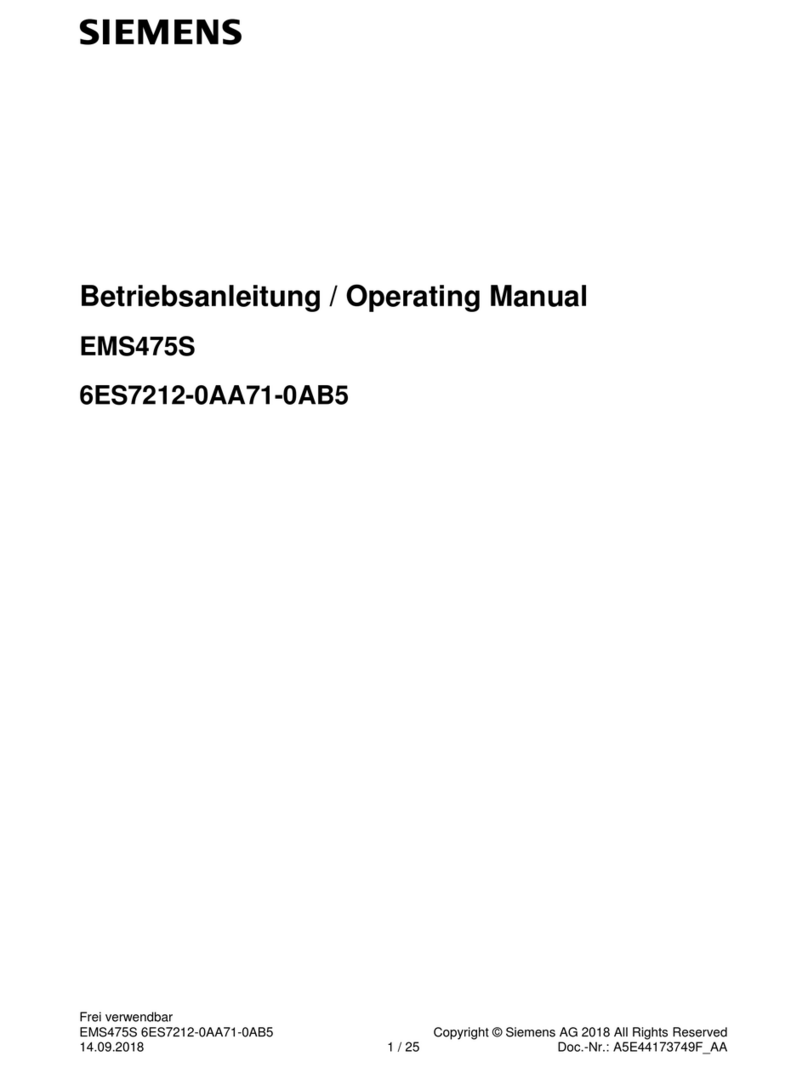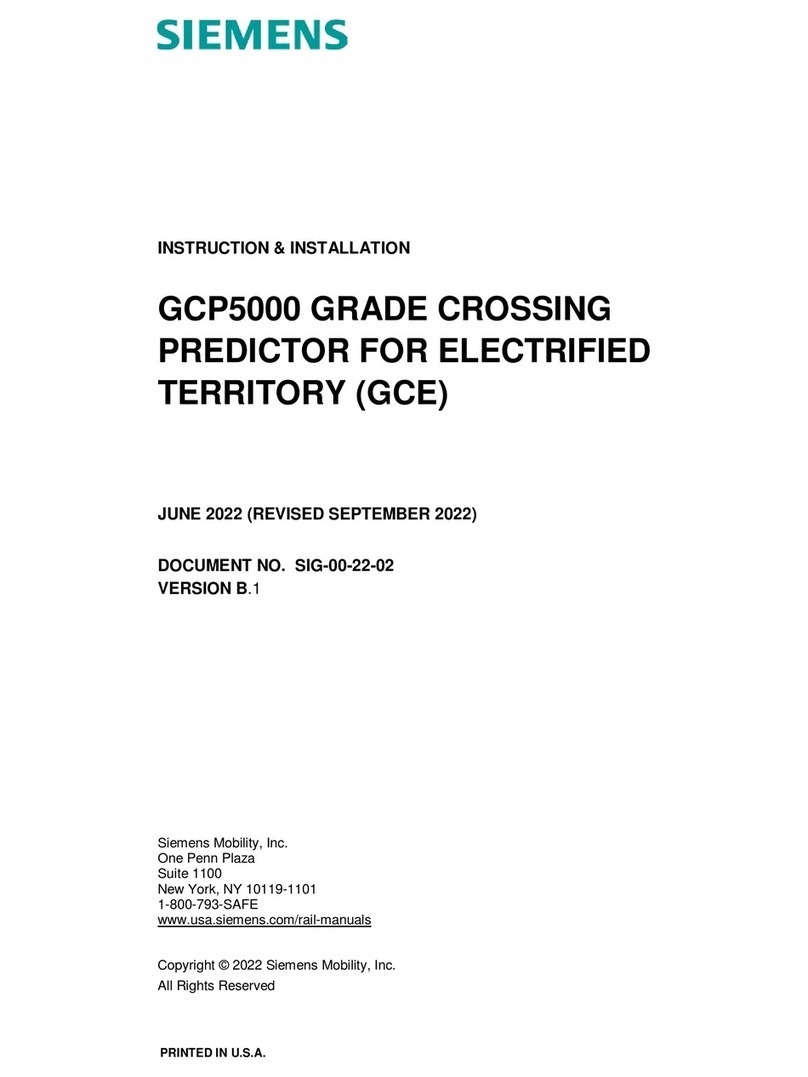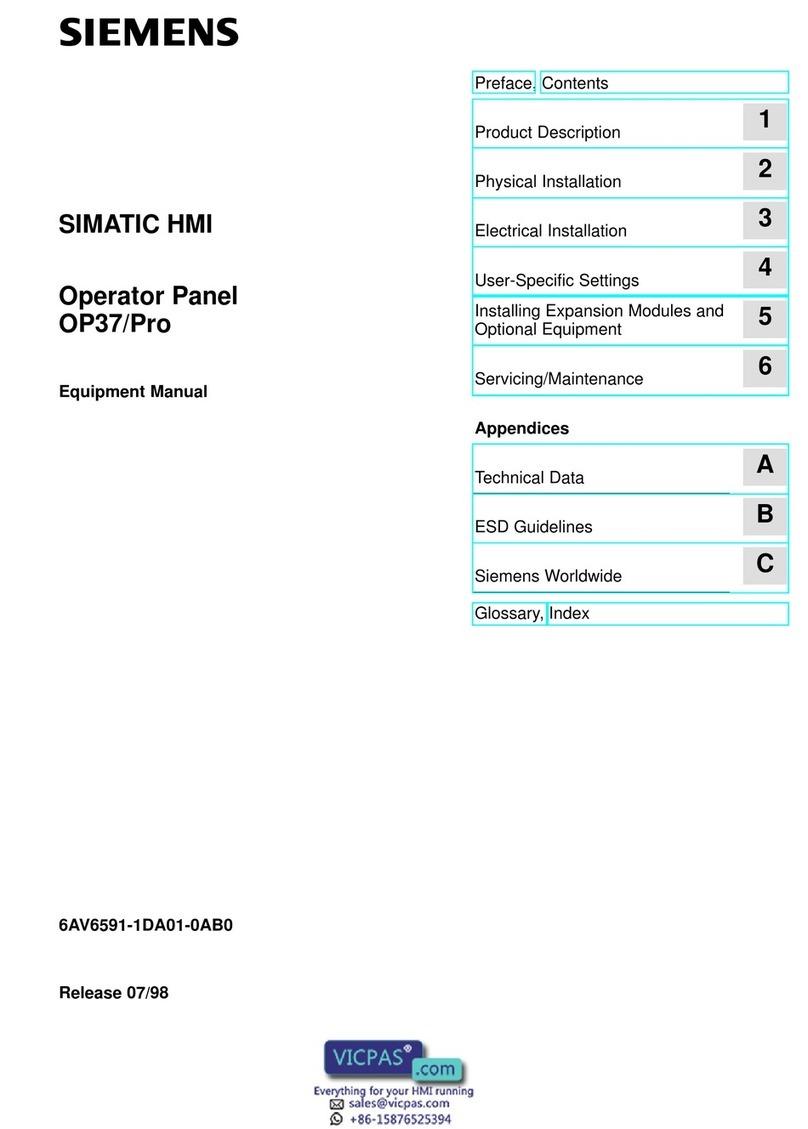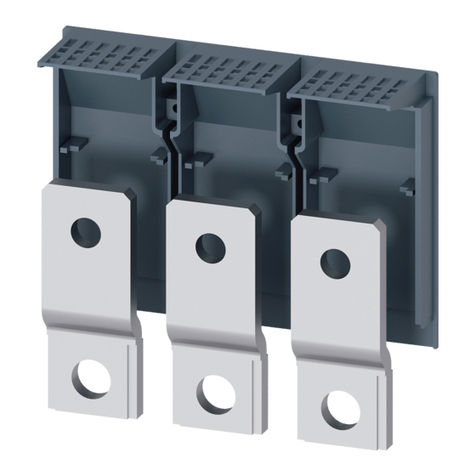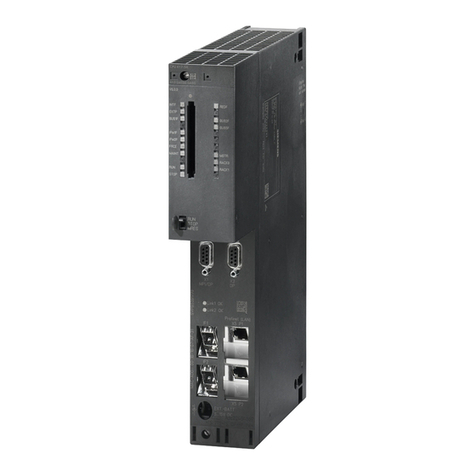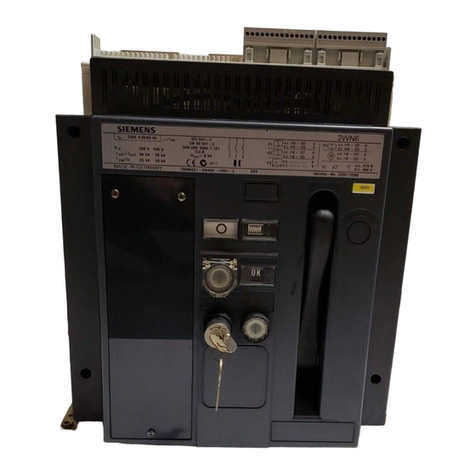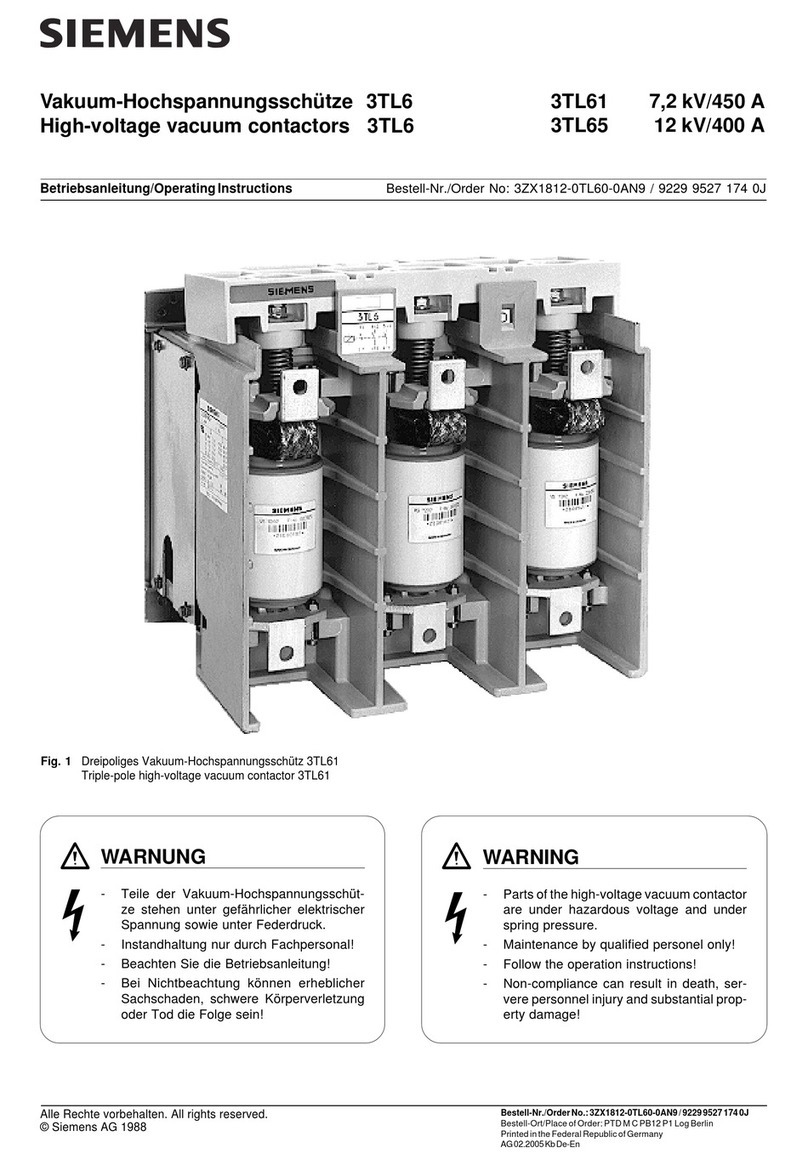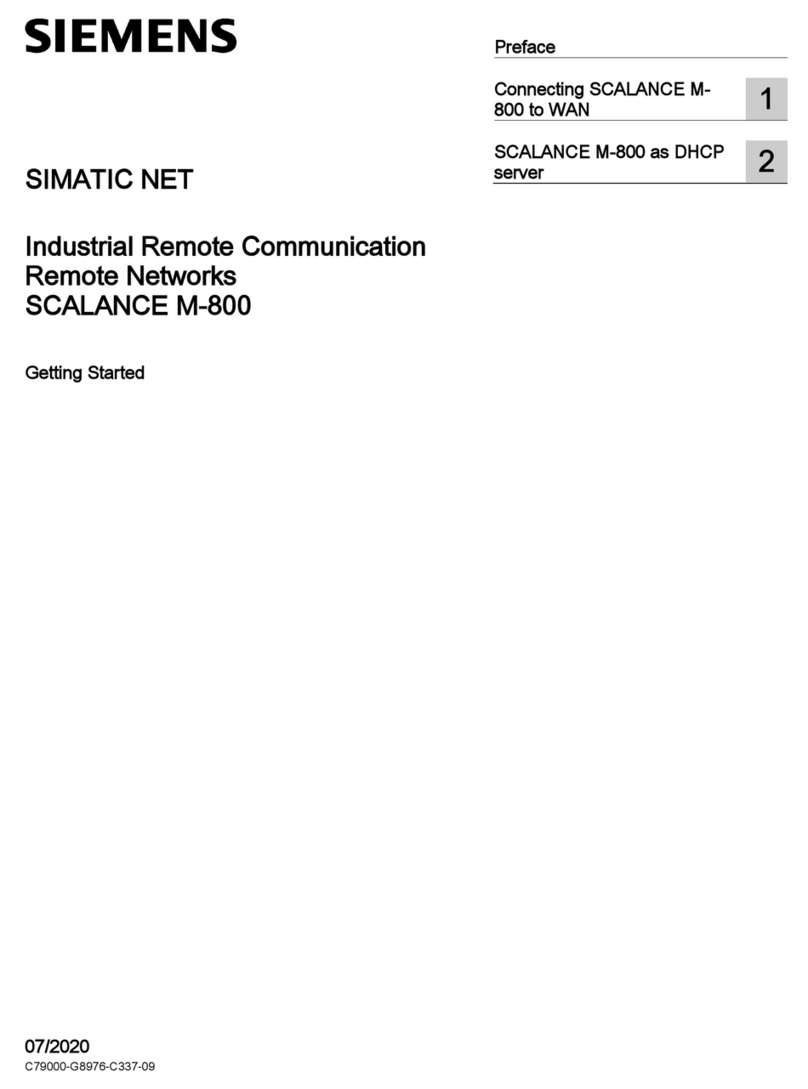
•Communication protocol manual
The Communication protocol manual contains a description of the protocols for communication within
the SIPROTEC 5 device family and to higher-level network control centers.
•Product information
The Product information includes general information about device installation, technical data, limiting
values for input and output modules, and conditions when preparing for operation. This document is
provided with each SIPROTEC 5 device.
•Engineering Guide
The Engineering Guide describes the essential steps when engineering with DIGSI 5. In addition, the Engi-
neering Guide shows you how to load a planned configuration to a SIPROTEC 5 device and update the
functionality of the SIPROTEC 5 device.
•DIGSI 5 online help
The DIGSI 5 online help contains a help package for DIGSI 5 and CFC.
The help package for DIGSI 5 includes a description of the basic operation of software, the DIGSI princi-
ples and editors. The help package for CFC includes an introduction to CFC programming, basic examples
of working with CFC, and a reference chapter with all the CFC blocks available for the SIPROTEC 5 range.
•SIPROTEC 5/DIGSI 5 Tutorial
The tutorial on the DVD contains brief information about important product features, more detailed infor-
mation about the individual technical areas, as well as operating sequences with tasks based on practical
operation and a brief explanation.
•SIPROTEC 5 catalog
The SIPROTEC 5 catalog describes the system features and the devices of SIPROTEC 5.
•Selection guide for SIPROTEC and Reyrolle
The selection guide offers an overview of the device series of the Siemens protection devices, and a
device selection table.
Indication of Conformity
This product complies with the directive of the Council of the European Communities
on harmonization of the laws of the Member States concerning electromagnetic
compatibility (EMC Directive 2014/30/EU), restriction on usage of hazardous
substances in electrical and electronic equipment (RoHS Directive 2011/65/EU), and
electrical equipment for use within specified voltage limits (Low Voltage Directive
2014/35/EU).
This conformity has been proved by tests performed according to the Council Directive
in accordance with the product standard EN 60255-26 (for EMC directive), the standard
EN 50581 (for RoHS directive), and with the product standard EN 60255-27 (for Low
Voltage Directive) by Siemens.
The device is designed and manufactured for application in an industrial environment.
The product conforms with the international standards of IEC 60255 and the German
standard VDE 0435.
Standards
IEEE Std C 37.90
The technical data of the product is approved in accordance with UL.
For more information about the UL database, see ul.com
You can find the product with the UL File Number E194016.
Preface
4 SIPROTEC 5, Merging Unit 6MU85, Manual
C53000-G5040-C074-1, Edition 01.2020

